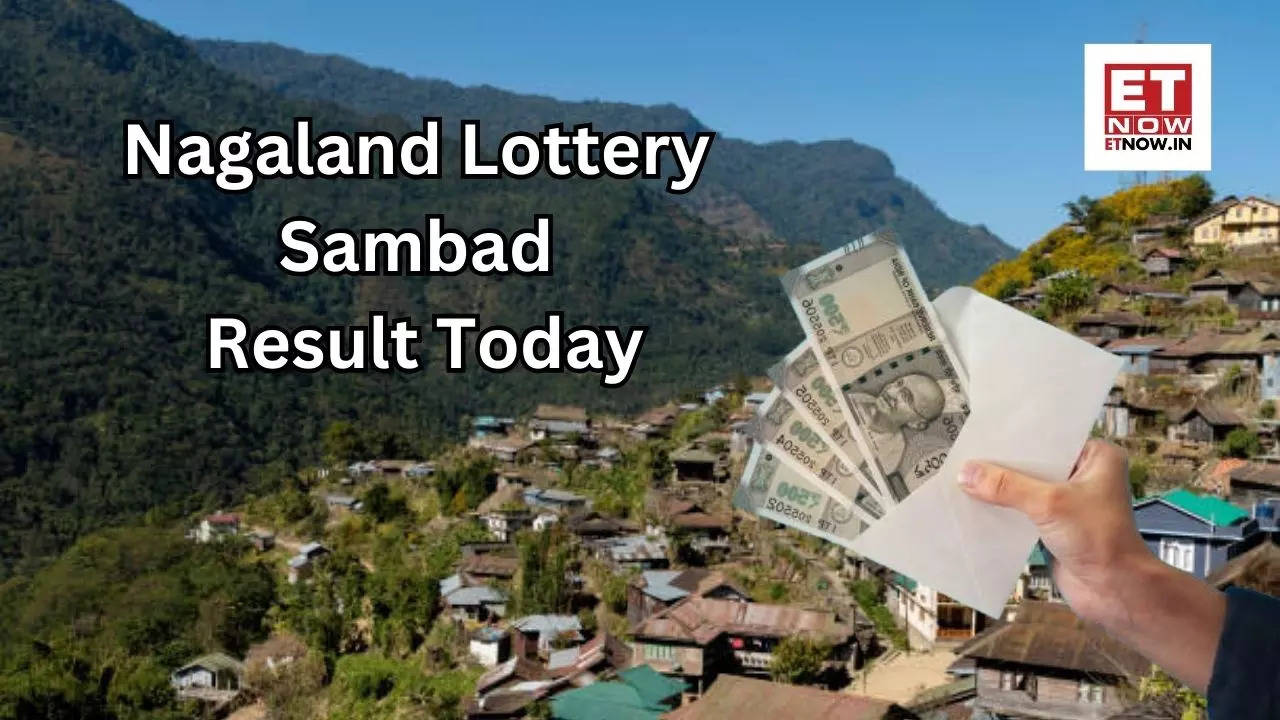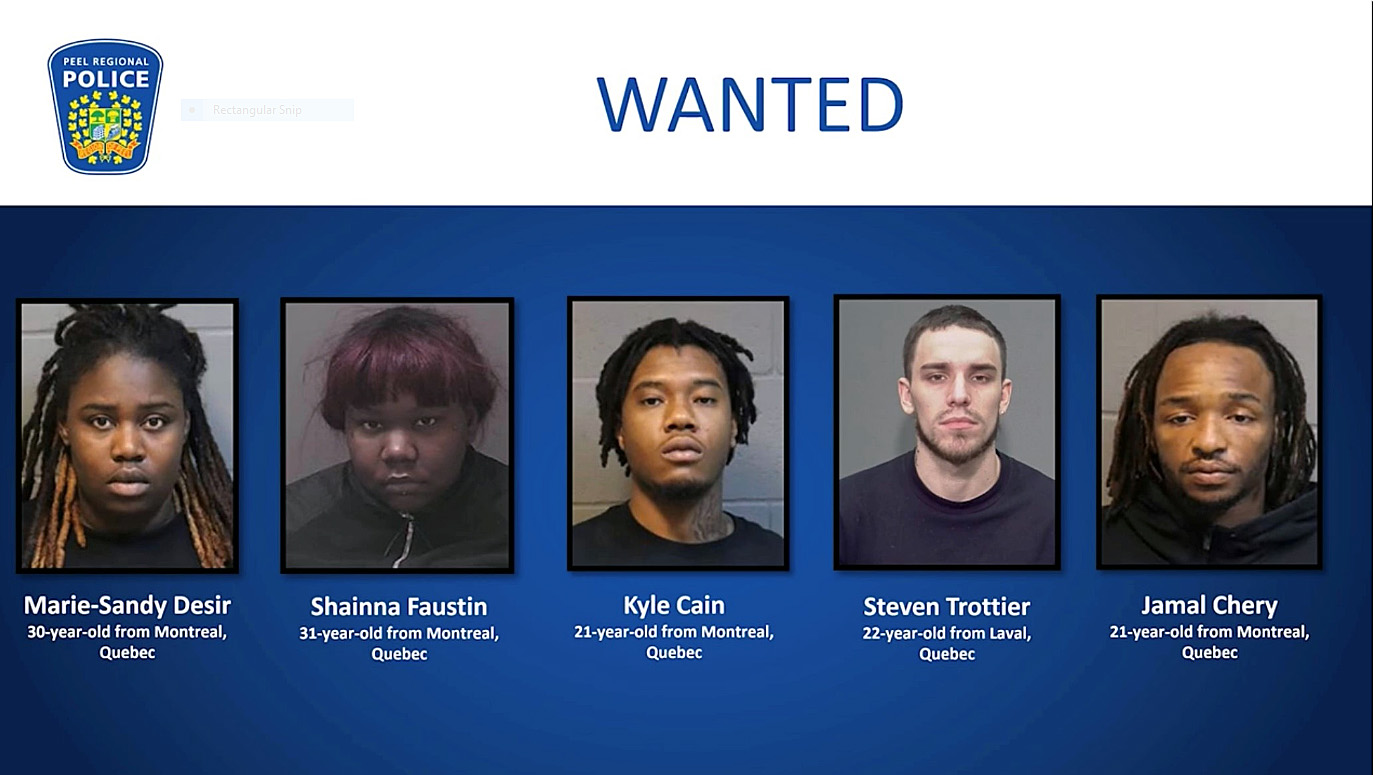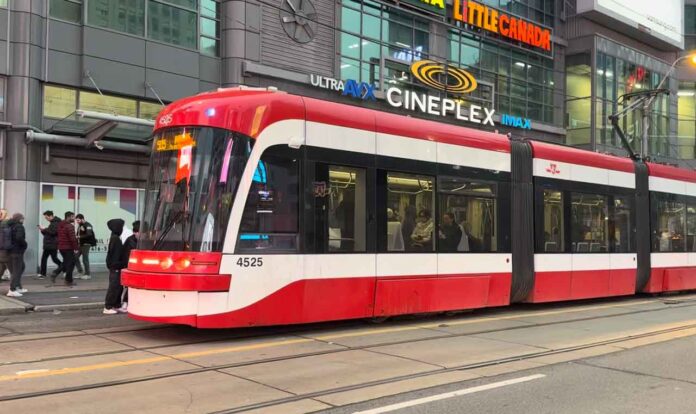Travel
Toronto traffic really sucks: What 10 Torontonians have to say about the city’s nightmare congestion
There have been few topics as popular on the streets of Toronto as the city’s congestion problem, from bumper-to-bumper highways to doubled (and, in some cases, tripled) commutes home from the downtown core to the suburbs.
It’s not just summer buzz. According to TomTom, which calculates annual indexes of congestion for major cities worldwide, in 2023, Toronto was listed as the third most congested city, after London and Dublin.
It’s so bad that it’s got celebs talking, from Tom Cruise to Niall Horan, who had to walk to his performance venue this summer when he made a tour stop in the city. But notable locals, too, have a lot to say when it comes to Toronto gridlock — and perhaps it’s time the city listened.
Yahoo Canada spoke to 10 Torontonians about the state of the city’s never-ending, nightmarish traffic.
Jeanne Beker, fashion journalist
Toronto traffic is nothing short of horrendous. I can’t believe this is the city I grew up in.
These woes are relatively recent as well, with all the ubiquitous new construction, confusing bike lanes and, well, just too many darn cars! I long for that time, back in the 1970s, when downtown Yonge Street was actually closed off and converted into a kind of mall.
Toronto has just grown too big for its britches I guess, and my heart goes out to all the cabbies and Uber drivers who have to constantly deal with this new traffic madness. “Escape to the country” holds precious new meaning for me!
Claire Cameron, novelist and journalist
I grew up in Toronto in the 1980s. It had a suburban feeling back then. I remember doing cartwheels on empty subway platforms, playing tag on wide open city streets, and speeding along an empty Gardiner Expressway.
I moved back to Toronto over a decade ago. I found an energetic city with a population that had more than doubled, the number of cars had grown exponentially, but the footprint of our roads and public transportation remained much the same. Now, we’ve hit the choking point — trying to cram more cars on the streets just doesn’t work anymore.
So why do we keep prioritizing cars? I just read that the proposed parking garage at Ontario Place could cost more than $800 million. Imagine what we could do with that money? As a novelist, I keep dreaming up wild ideas: The TTC could be free for a year, we could make pedestrian streets like Montreal, and how many more buses and trains could we run? It’s time to face it: The ‘80s are over. Let’s move on.
Farzana Doctor, writer and psychotherapist
In order for traffic to not be a nightmare, TTC and GO Transit need to be more convenient than driving. We need more parking at stations and more frequent service. This past weekend, the Lakeshore GO was running every 15 minutes, which was downright dreamy. More of this, please!
Naheed Dosani, physician and health justice activist
As a palliative care physician who runs a program that cares for people experiencing homelessness who are dealing with serious and life-limiting illnesses, I have found that, year after year, driving to see the people I care for in shelters and on the streets takes longer and longer. This has made it more challenging to coordinate services, including home care, physician care, nursing care and psychosocial supports.
I have seen first-hand how traffic issues in Toronto have had a disproportionate impact on those who are most vulnerable. We must do better.
Sook-Yin Lee, filmmaker and artist
I’m a simple person. I do not drive a car or own one. Since moving to Toronto years ago, I’ve led an acoustic life. I bike everywhere or walk. Most of my work and business happens in a small village within the big city. My size 8 shoes leave a small footprint. Traffic is not a nightmare because I am rarely stuck in it.
I have noticed that, since COVID times, the city comes alive later in the day with fewer people on the streets in the morning — perhaps because many work from home now. Still, things can get testy among commuters. I’ve got to be alert because bikes zooming down bike lanes can kill you. I opt for walking around these days and have been encountering many more rugrats (dead rats run over by cars and flattened like a carpet).
Miss Moço, Cate Blanchett’s favourite drag queen
Hearing traffic being called a “nightmare” by Torontonians sounds about right.
I’ve noticed a huge problem, specifically in the Liberty Village neighbourhood, where it’s not just a rush-hour issue anymore. It has been so bad that news stations have picked up the story. The lack of city planning when it comes to construction is really affecting the area. When it comes to my Saturday drag brunches at The Drake Hotel, the number one reason for people arriving late is due to traffic.
Charles Pachter, artist and historian
Toronto traffic jams are often awful, but if you’re a seasoned driver like me, you try to avoid them. Like most big cities, Toronto has to deal with bumper-to-bumper traffic crawling along during rush hour. It’s frustrating to be sure, but knowing short cuts through side streets helps. And listening to a Broadway show can get me from Toronto to Hamilton!
Rina Piccolo, cartoonist
My condo is on a busy downtown street, and it’s a war zone. All day, the f-bombs drop from both sides — cyclists shouting from their bikes, and drivers from their car windows. Every now and then, we get two cops on horseback and I wonder how those horses do it— stay so calm and collected.
Warning to drivers who dare drive into Kensington Market: It’s a time warp. If you go in on a Saturday at noon, you’ll emerge a day later, confused and disoriented. I exaggerate but it’s true — traffic in that area will slow you down considerably, and whether you emerge angry or amused depends entirely on your level of tolerance.
Shawn Micallef, journalist and co-founder of Spacing
Toronto’s traffic is bananas, and there are a lot of things that can and must be done to improve it, but sometimes it seems like people complaining in Toronto have never travelled to other big cities. I was in Paris recently (well before the Olympics) and, despite the wonderful spaghetti plate of a subway system, driving there was awful. Traffic gridlock in the city centre at times and driving the Périphérique — the expressway that circles Paris — made the Gardiner seem easy.
The only good way to get around any big city, Toronto included, is by taking transit, cycling or walking. Any solution that doesn’t help those three and instead focuses on cars will make the situation worse in the long run. That kind of thinking is how Toronto got to where it is today.
Tyler Shaw, musician
Traffic in Toronto is notorious for its congestion, exacerbated by the high volume of drivers with a noticeable lack of any driving etiquette. All of this compounded by ongoing delayed construction projects throughout the city has worsened the situation year after year.








